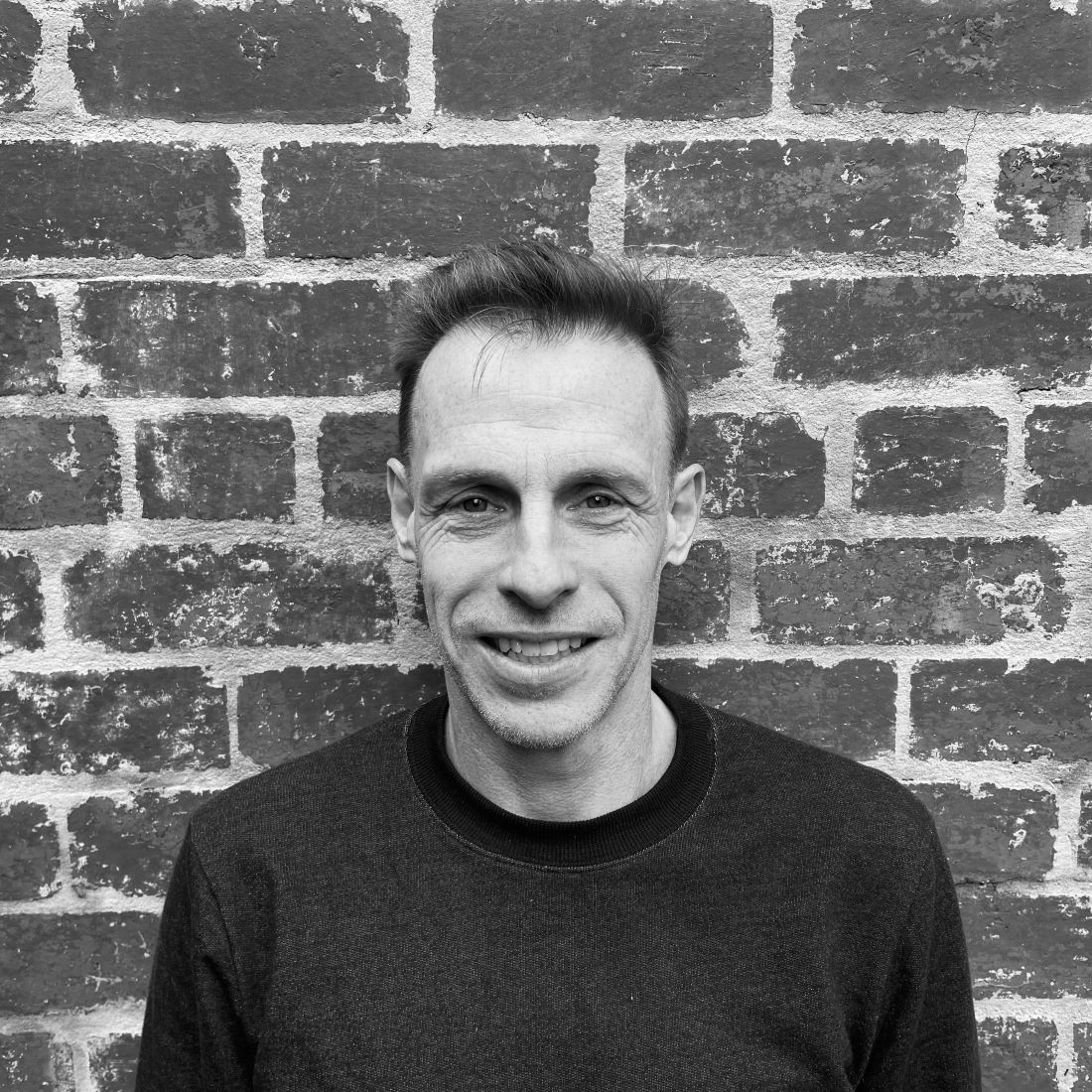16th May 2019
CASE STUDY: Organisational Change and Implementation in a National Media Organisation
Organisational Change in technology-dependent businesses can be challenging, particularly when it involves redesigning structures and work processes. Here’s a case study of how we helped a national, multi-media organisation change and adapt.
Challenge and Objectives
Our client was a public broadcaster, working in multi-media channel communications. With rapid technology development being seen as a key enabler to expand its reach and diversify its user experience. The structure, processes, systems and capability of the Technology Division needed to be reviewed to make it more efficient and adaptable, and to integrate it effectively into the organisation. Change was required, and had to be navigated effectively in order for this project to be delivered successfully.
To meet the needs of the business, the changes required a significant shift. A shift in structure, mindset, organisational approach and culture. These were ultimately reflected in the establishment of a new Technology Group, with four sections and two internal support units.
How Generator Talent helped
Given this was a major change impacting on a large proportion of the Technology Division’s workforce, it was recognised that a careful change management process, including an effective communication strategy, was key to effectively implementing the new operating model.
We worked with the Director of Technology to redefine the structure, redesign the key processes and enabling systems and clearly define the capabilities required. To ensure that the changes were effectively implemented, we worked with the internal project change team to develop a change management plan. Our Organisational Change and Implementation work was completed over a six month period, using a four phased approach, which is our ‘reference model’ in organisational consulting:
DISCOVER
We developed a deep understanding of the division in the context of the broader organisation. Including its strategic imperatives, existing structures, relevant documentation and stakeholders. We then worked with the key stakeholders including the change sponsor, the change leader (Director of Technology) and the Internal Change Project Team, to map key stakeholder networks, define the project’s scope, milestones, outcomes, benefits and costs, identify change risks. The next step was to develop a detailed blueprint of how the work would occur.
DESIGN
We facilitated workshops with key division leaders and their Managers to define the details of the new organisation design. This involved developing structures, roles and responsibilities and reviewing key process and systems. At the same time, we worked with the Internal Change Project Team to develop a supporting Change Plan. This involved addressing communication, engagement, rewards and learning needs as well as working with organisation’s HR specialists to develop the Operational HR Change Plan.
DELIVER
To deliver the project successfully, we worked with the Director of Technology and the Internal Change Project Team to monitor the delivery of the Change Plan and the Operational HR Change Plan. In support of this, we provided coaching to the Director of Technology to support to the Change Team in the project. In other cases, we at times will assemble a project team from our resources and alliances to lead the implementation efforts, allowing the client organisation to attend to BAU.
SUSTAIN
To ensure the new organisational design was sustained and continued to be effective, we were engaged to work with the Internal Change Team to complete a change alignment assessment, develop a change alignment plan, assign owners and timelines to the plan and handover ownership of that plan.
Results
The new high level structure was successfully implemented, appointments were made to key leadership roles, process changes and systems choices are clear. The plan in place to complete the detailed design and implementation of new processes, workflows and key systems was implemented successfully. The client was then able to embark on a more focused building of capability to support future organisational growth.
What we learned
As with other organisation design and change projects we’ve delivered for clients, the importance of a committed senior leadership team, targeted and regular communications, and a ‘people-centered’ approach to change engagement were the factors that drove the project to success.
We also know that its really difficult to get all the elements done correctly the first time around, and a willingness for the change leaders to accept that and be comfortable in tweaking and adjusting along the way (and afterwards once more insight is gained) are hallmarks of a realistic approach. Whenever humans are involved, expect emotional responses, mistakes and imperfection, and plan the tactics that address these as they emerge.
Categories: Designing Organisations



